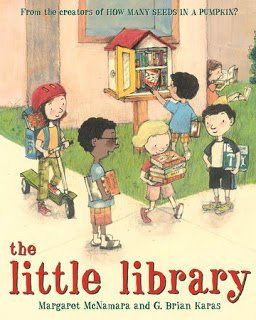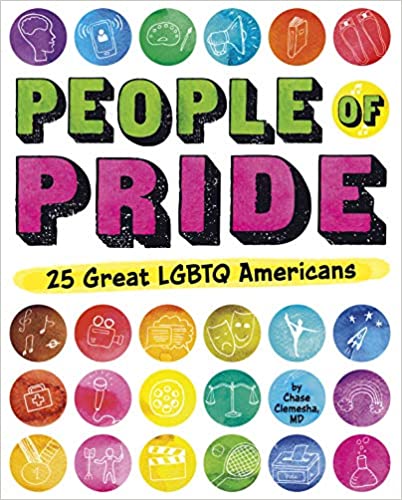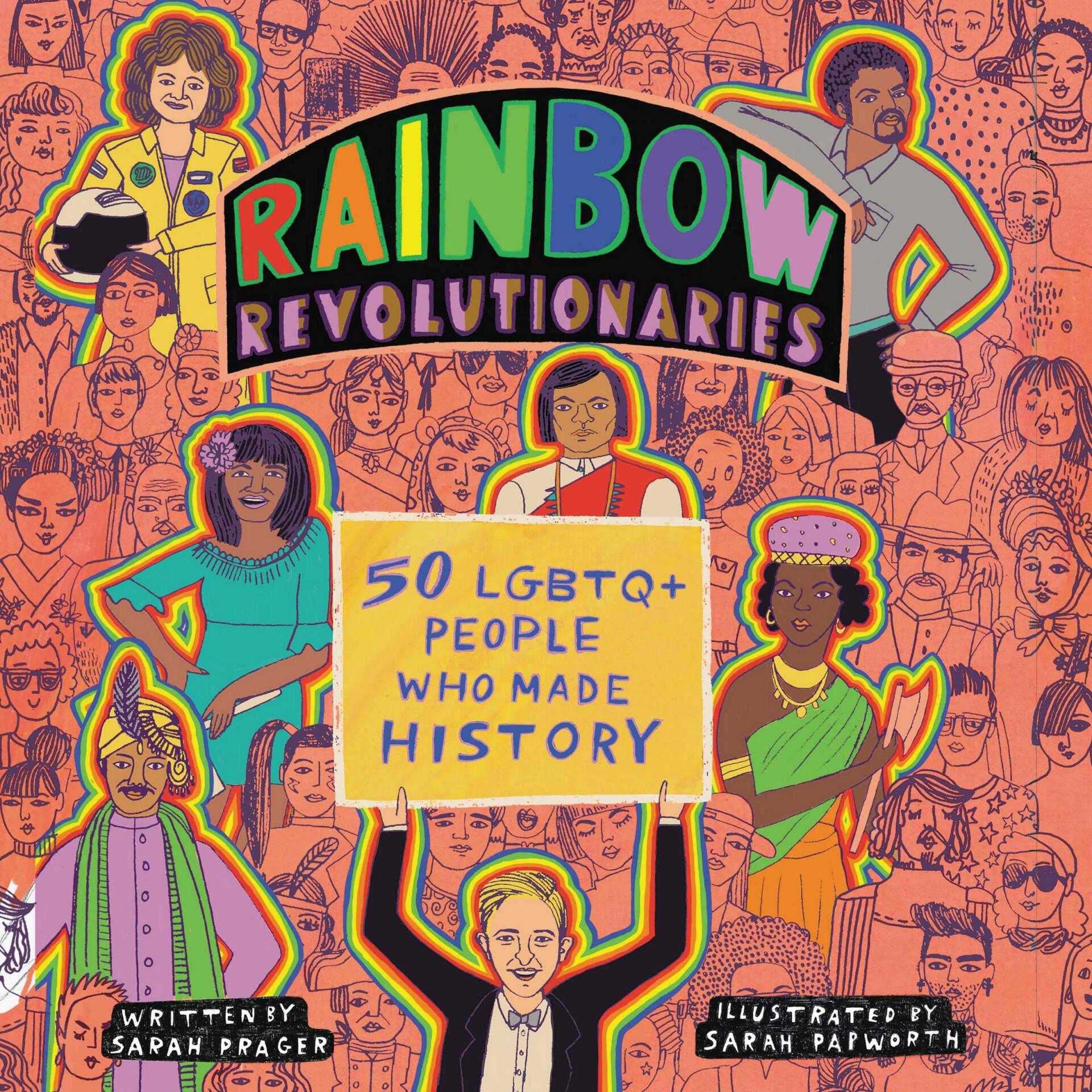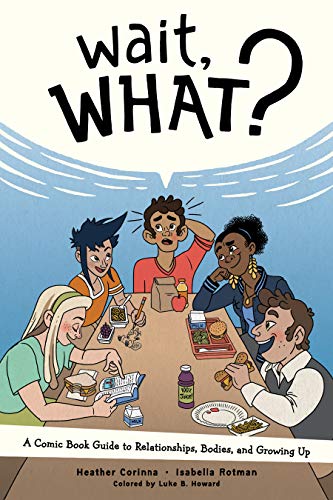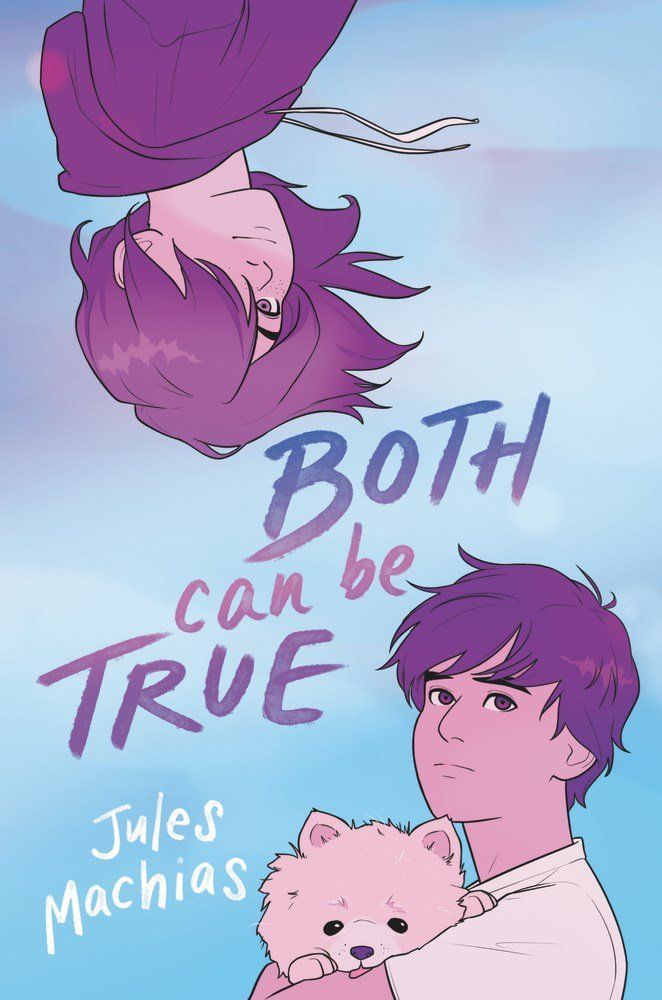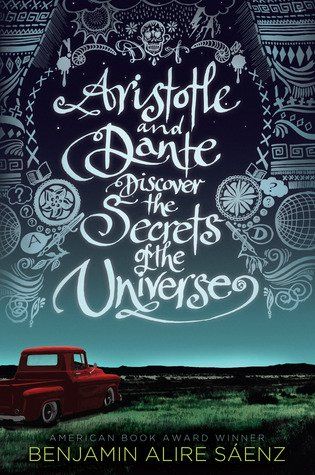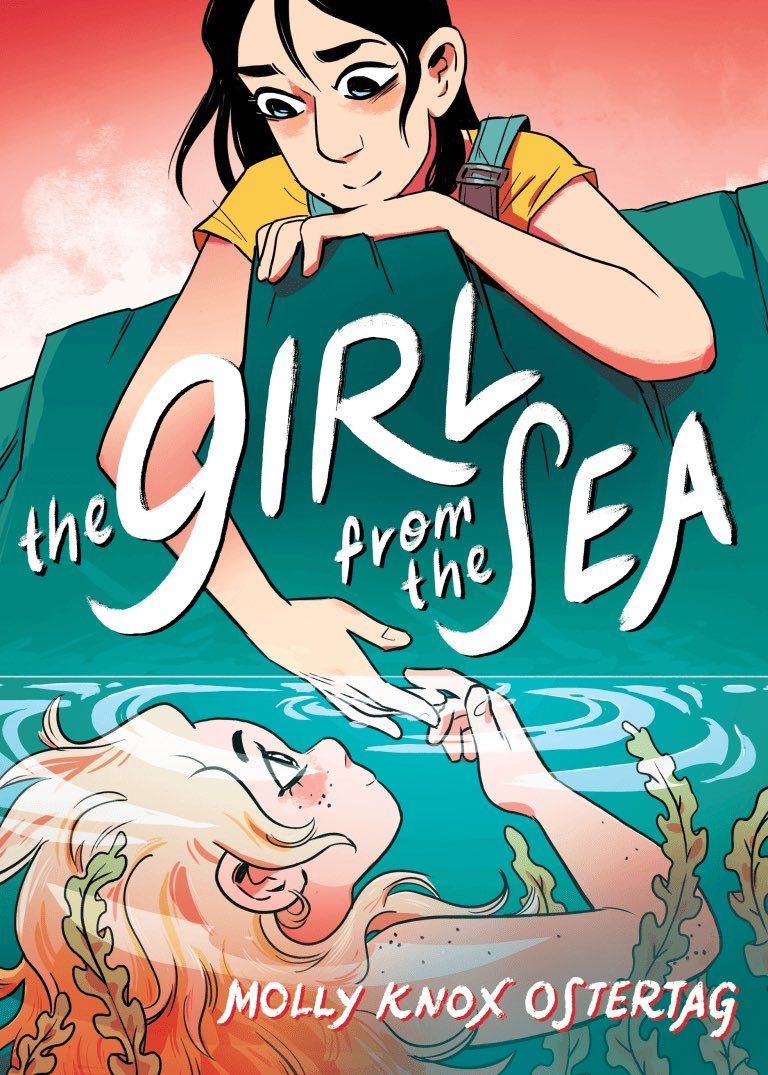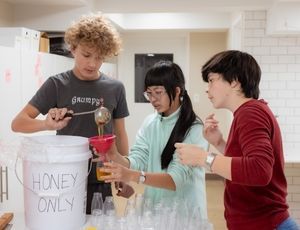by Margaret MacNamara, illustrated by G. Brian Karas
Jake's class is so excited about the new school library…but not Jake. Jake isn’t a huge fan of reading, but he manages to make a connection with the new (nonbinary) librarian, and he discovers something he’s passionate about. Over the course of the school year, Jake’s perspective on reading changes, and he finds a special way to say thank you to Librarian Beck.

